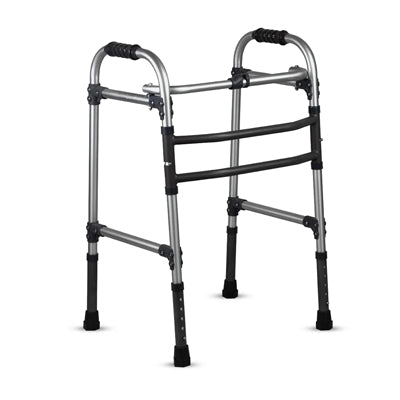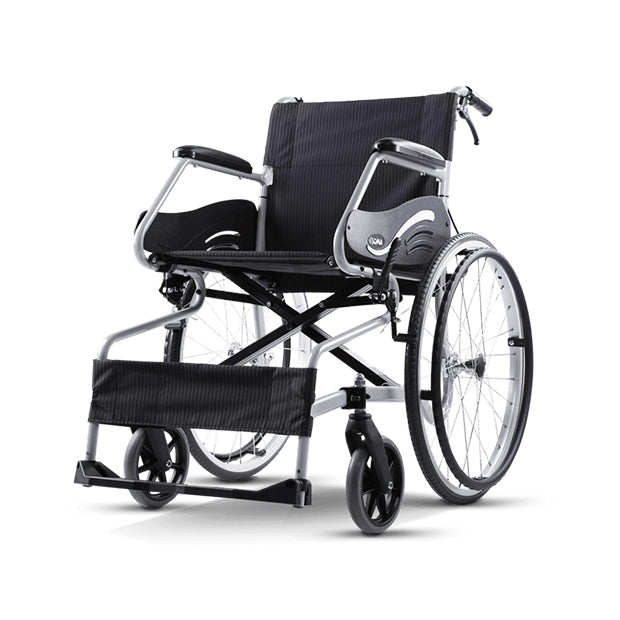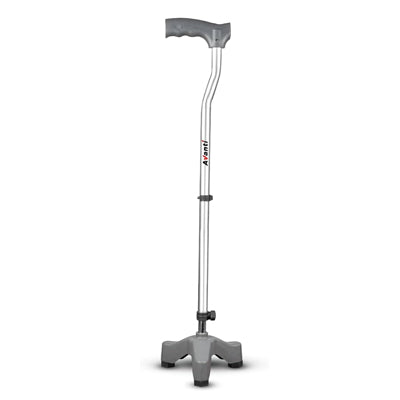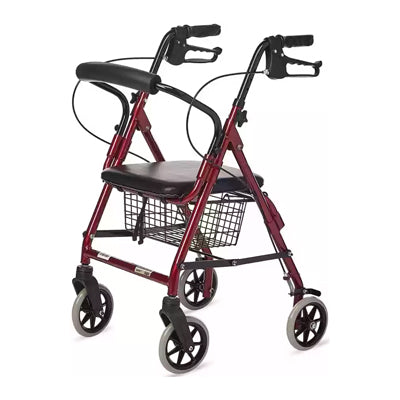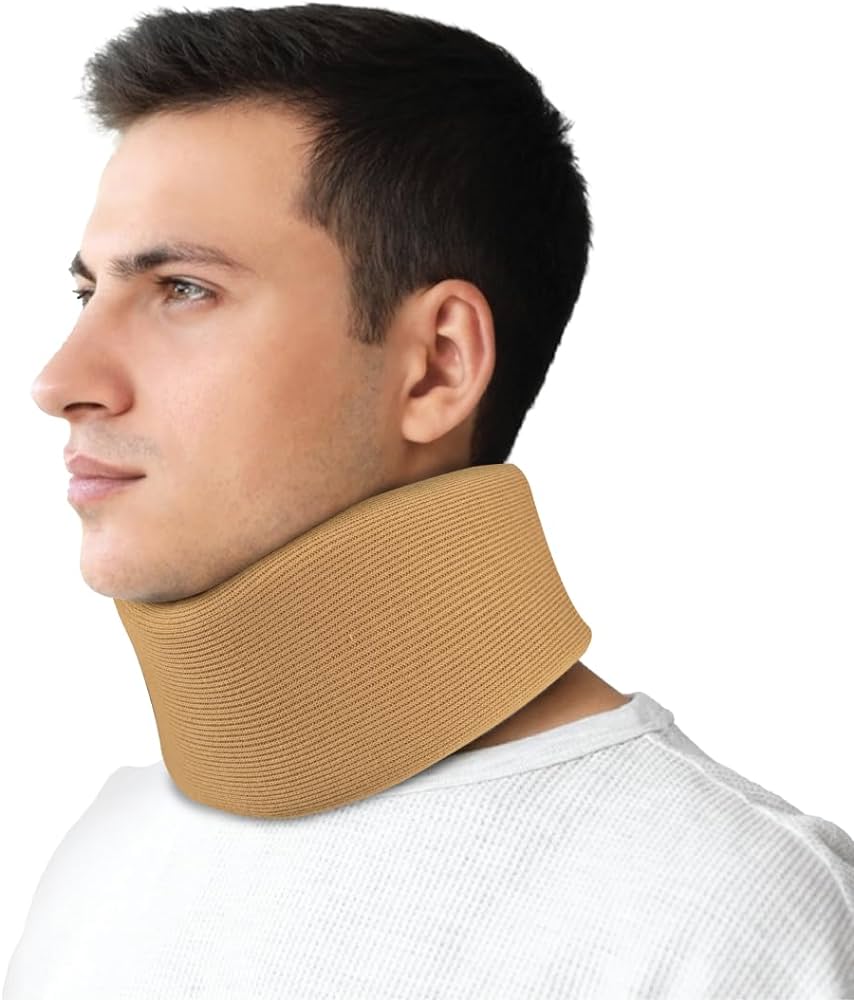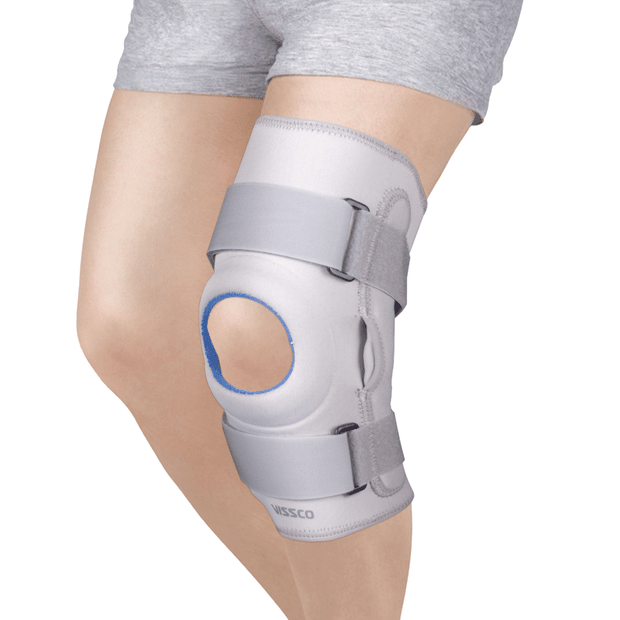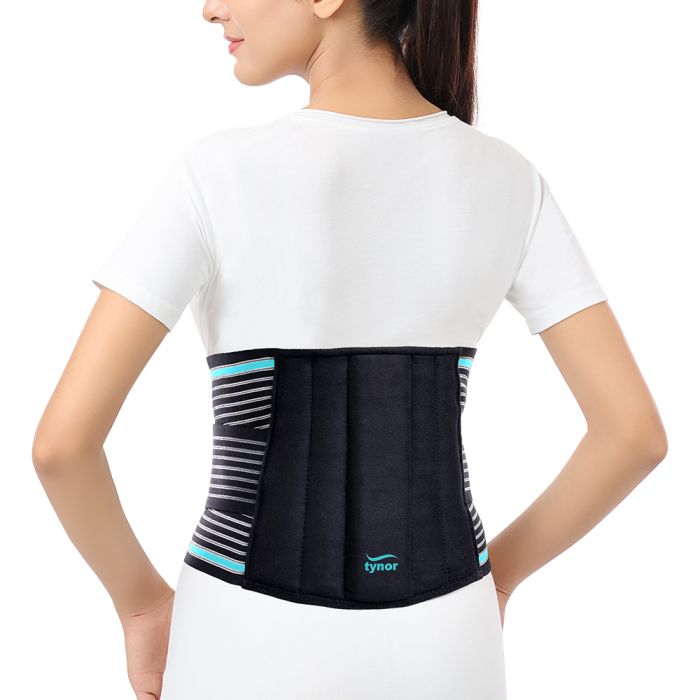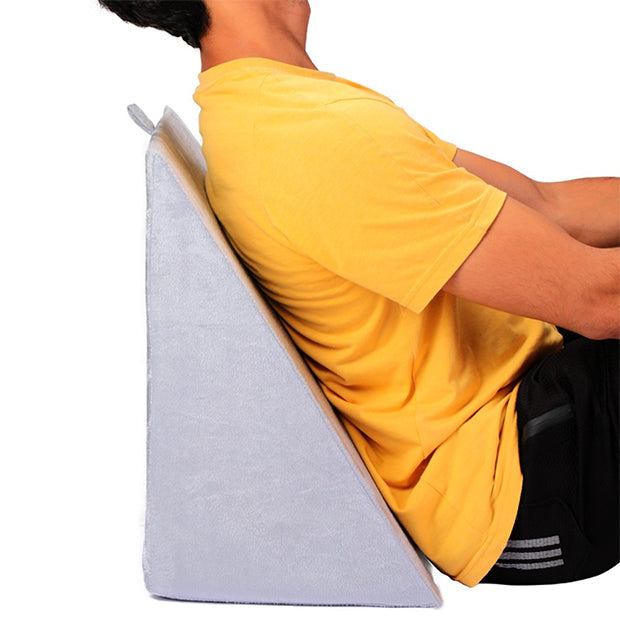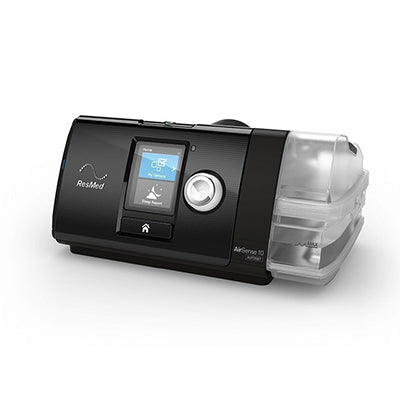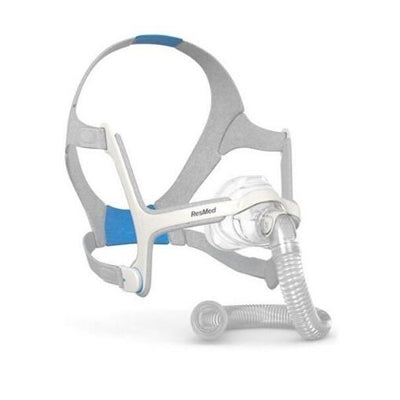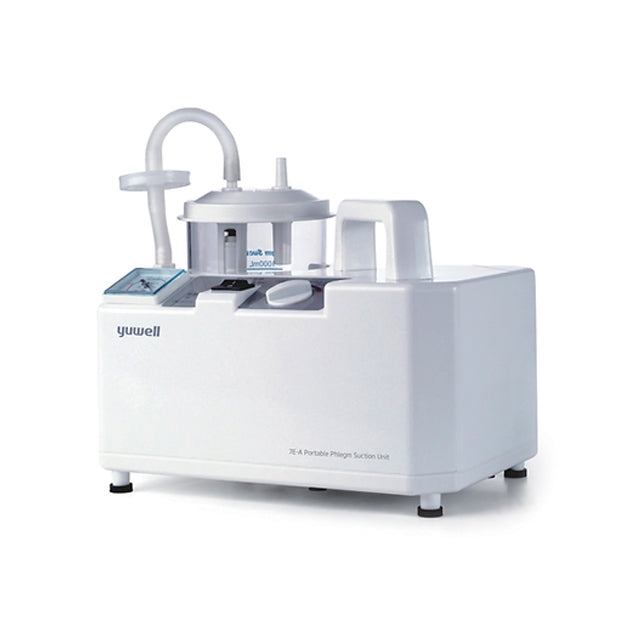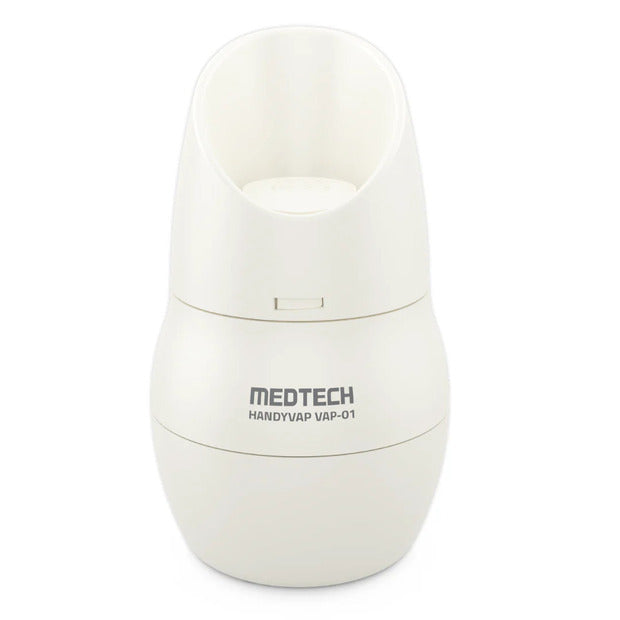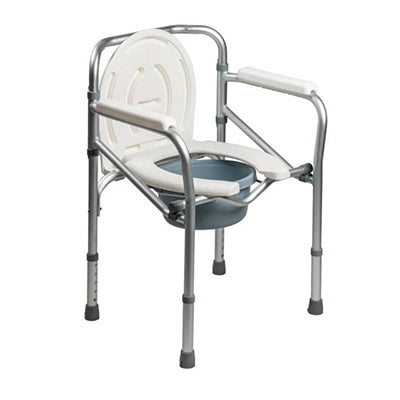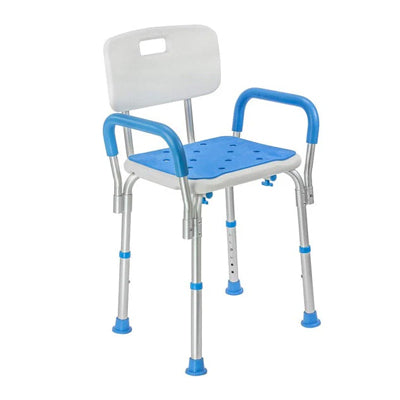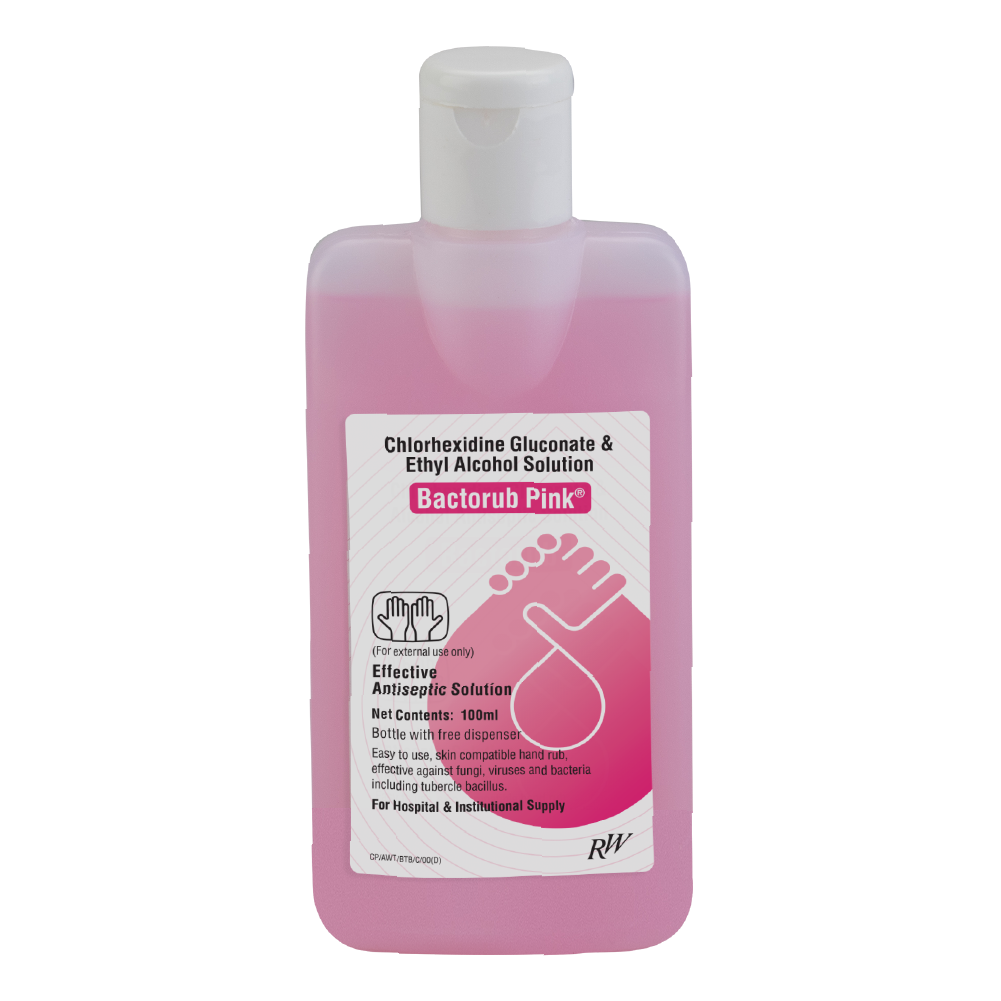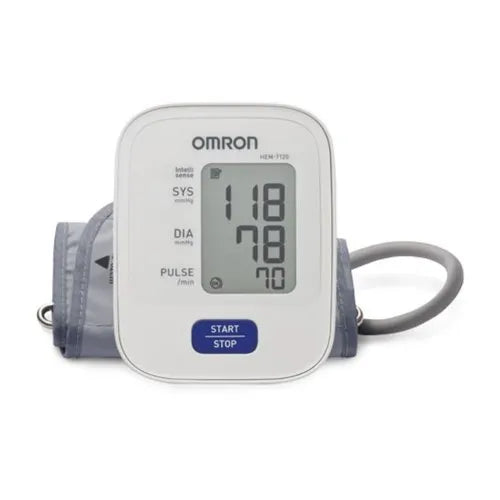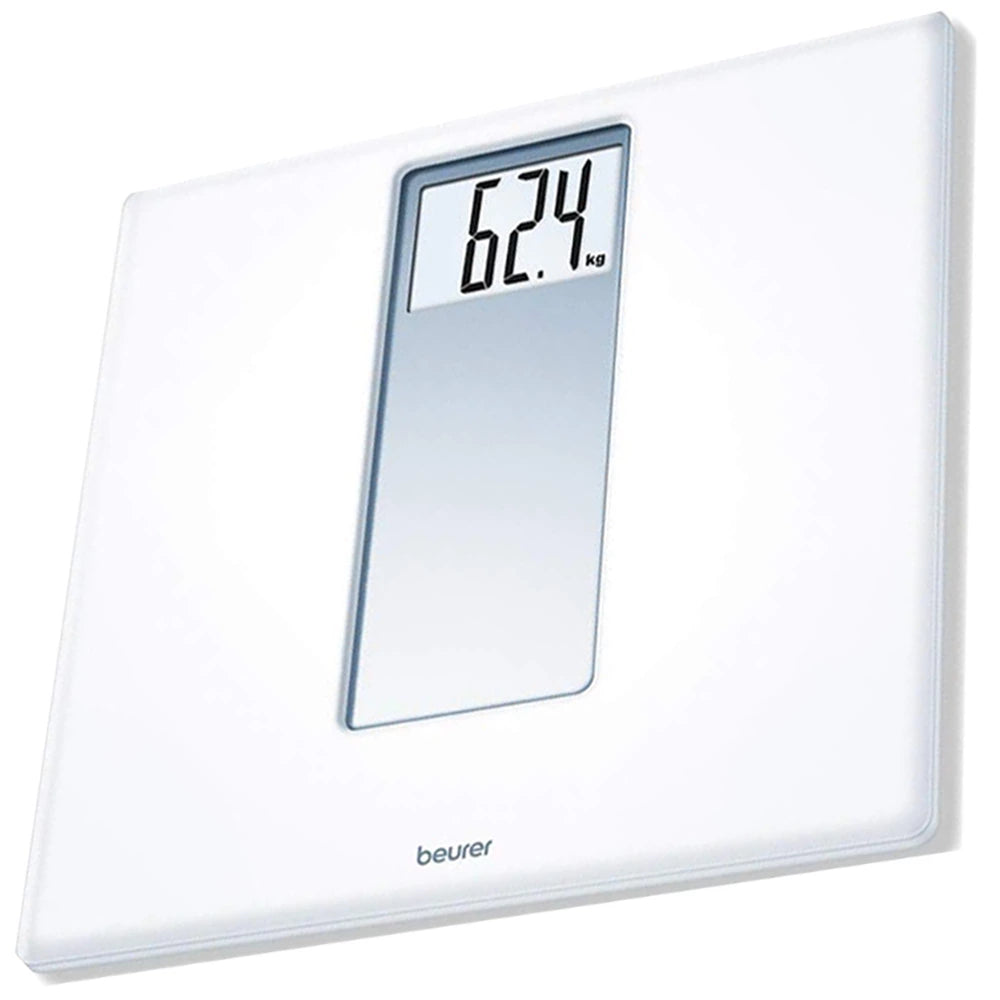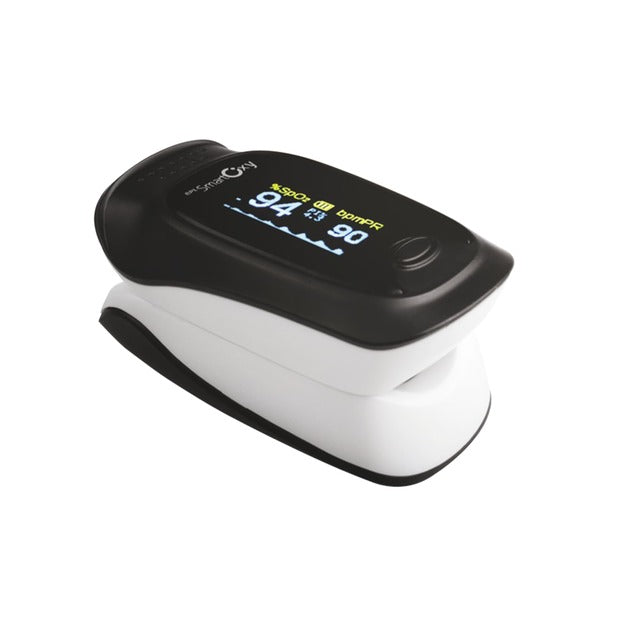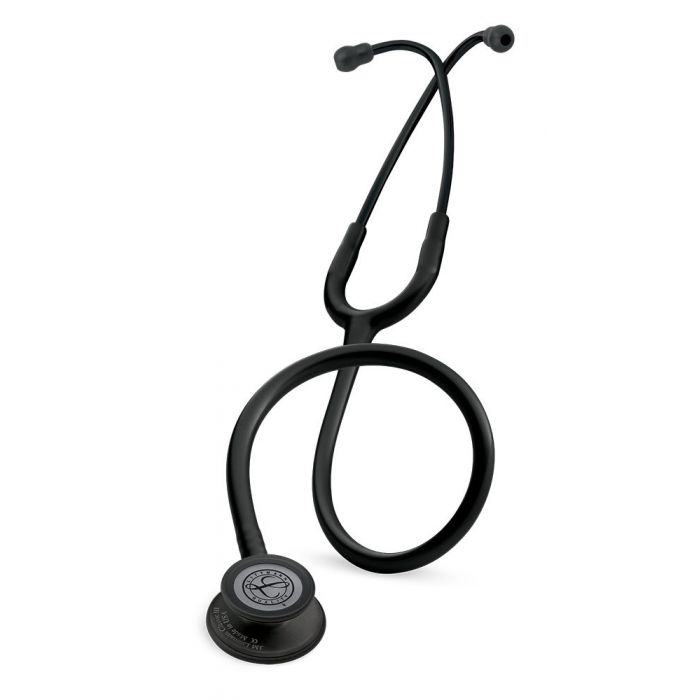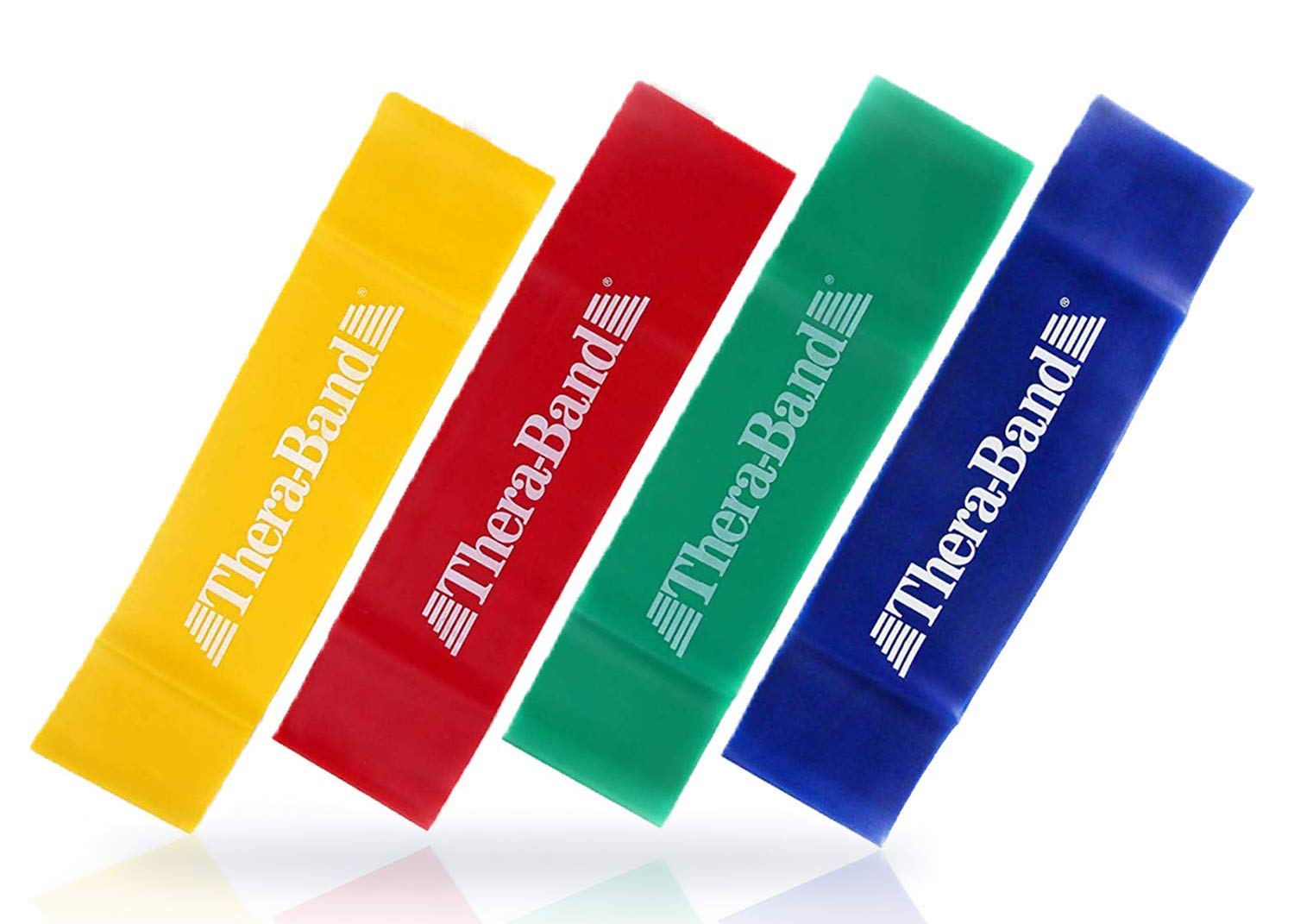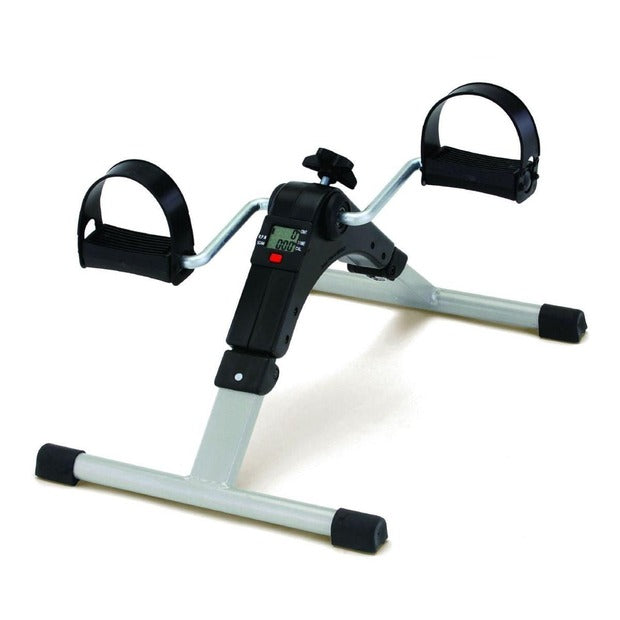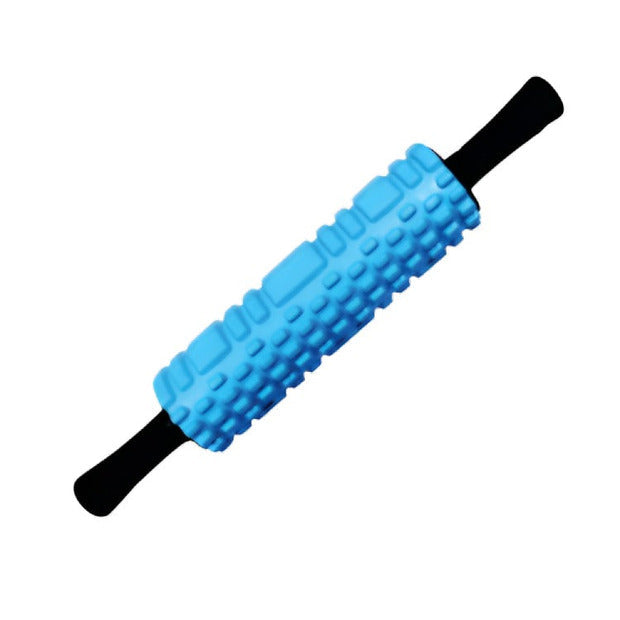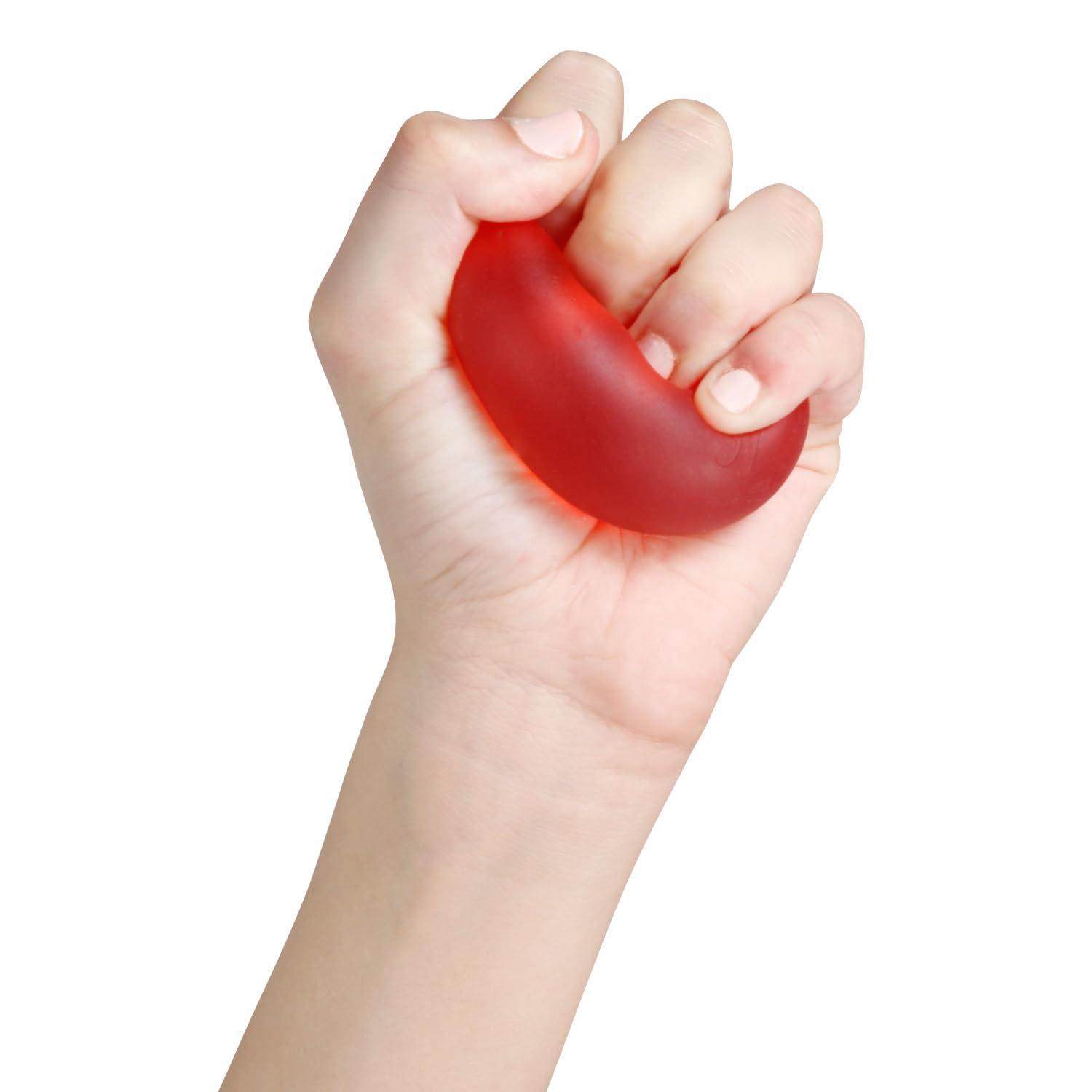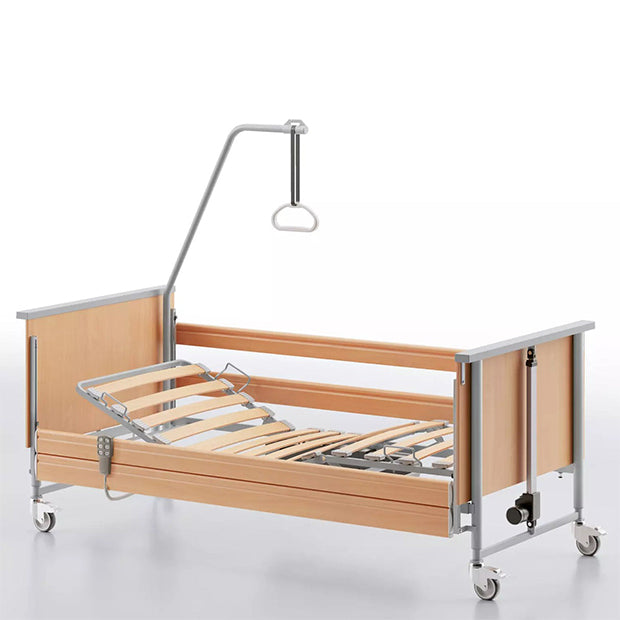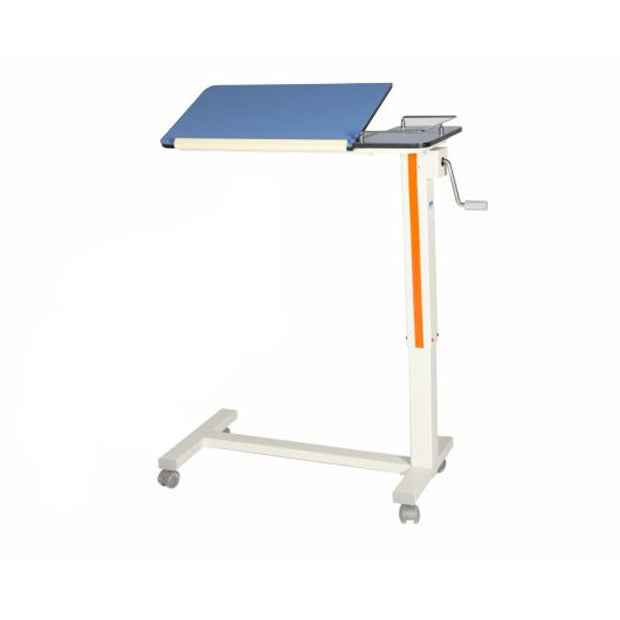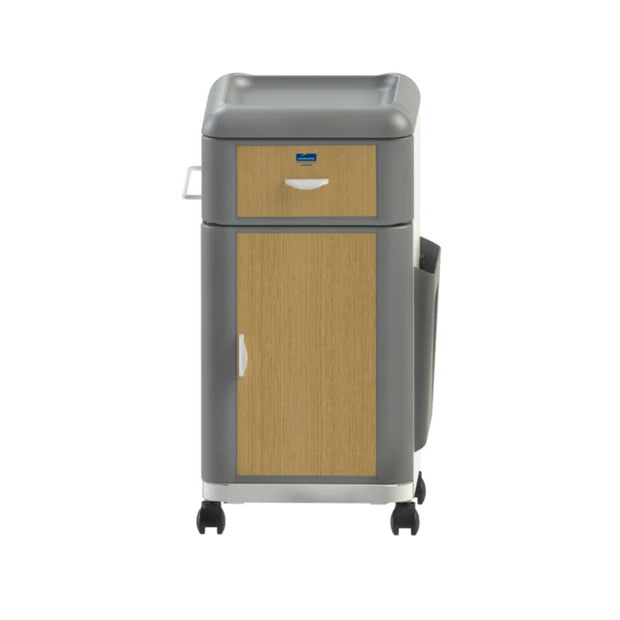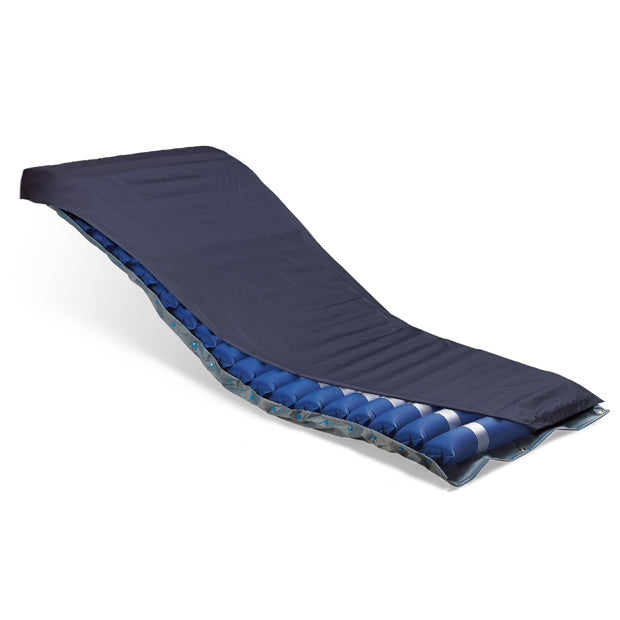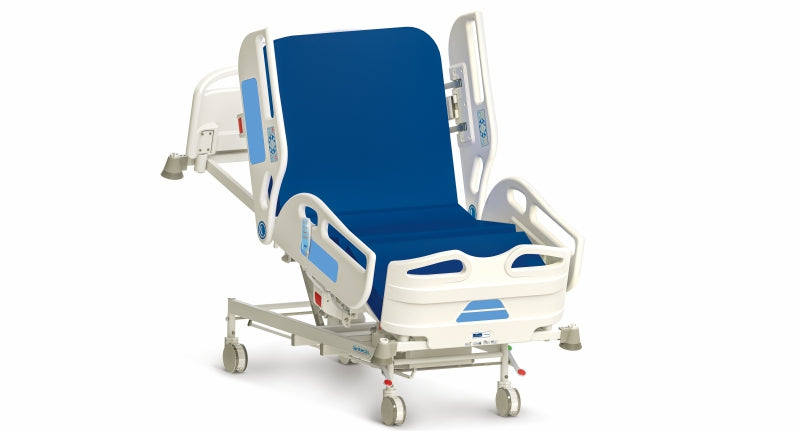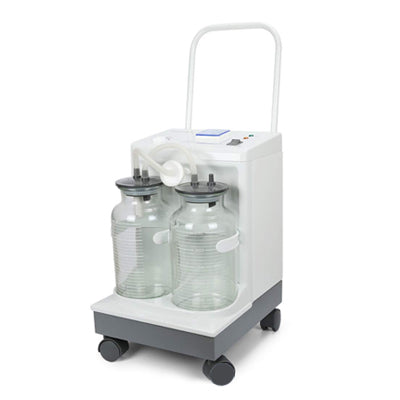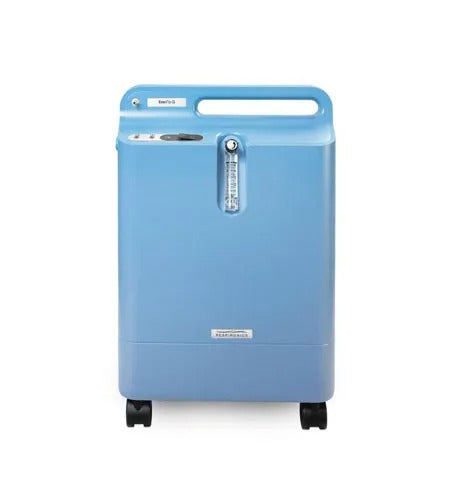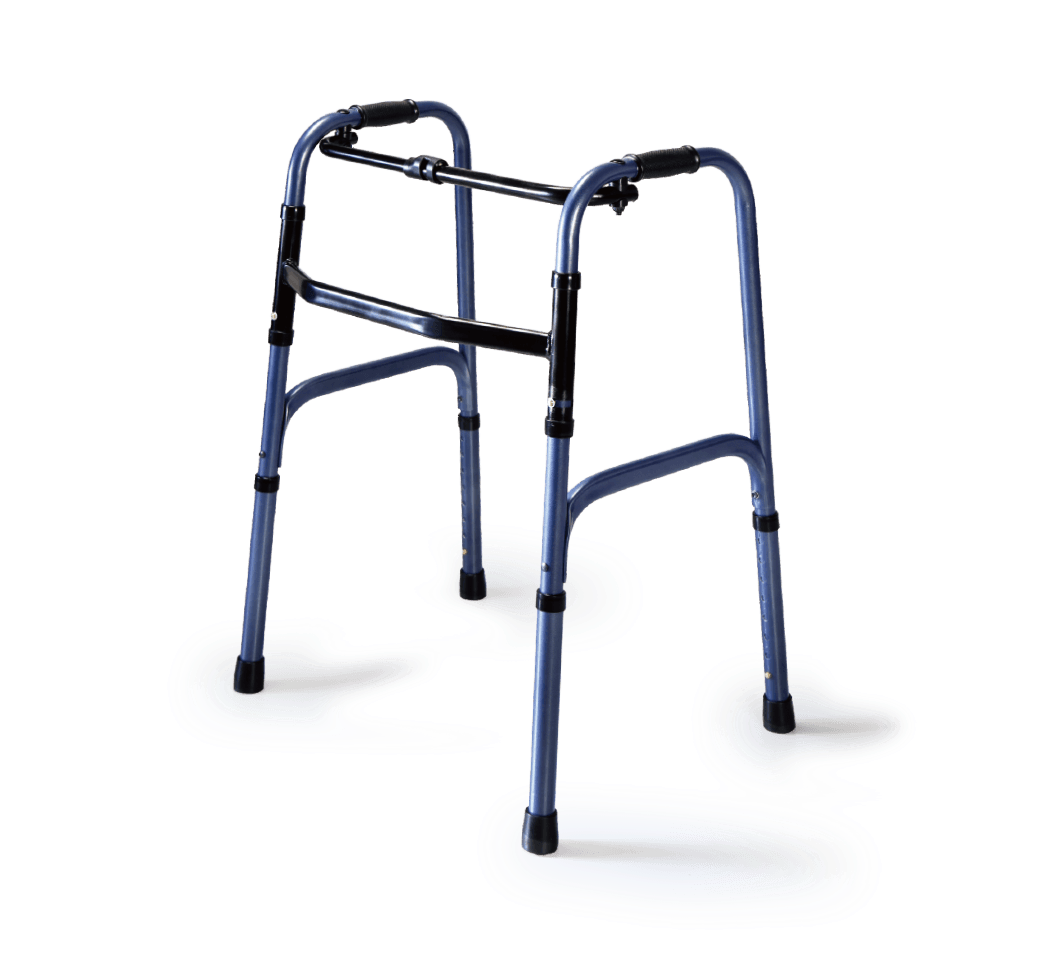In today's sedentary lifestyle, maintaining good posture has become a challenge. Poor posture can lead to various health issues, including back pain, neck strain, and muscle imbalances. Fortunately, a simple solution exists: the posture corrector belt. This blog post will explore five common posture mistakes and how a posture corrector belt can help you correct them.
Common Posture Mistake: Slouching While Sitting
Slouching while sitting is one of the most common posture mistakes. It occurs when you allow your shoulders to round forward, your back to curve, and your head to tilt forward. This position can put unnecessary strain on your neck, shoulders and back muscles, leading to discomfort and potential long-term issues.
How a Posture Corrector Can Help
A posture corrector belt designed for shoulder support can help correct slouching by gently pulling your shoulders back and aligning your spine. Many correctors also provide lumbar support, which can help maintain the natural curve of your lower back while sitting.
- Tips for Using a Posture Corrector While Sitting
- Adjust the corrector for optimal comfort and support.
- Perform exercises to strengthen your core and back muscles.
- Take breaks and stretch regularly to avoid prolonged static postures.
Common Posture Mistake: Neck
With the increasing use of smartphones and tablets text neck has become a common issue. This posture mistake occurs when you tilt your head forward and down to look at your device, putting excessive strain on the muscles and vertebrae in your neck.
How a Posture Corrector Can Help
A posture corrector belt designed for neck and upper back support can help alleviate text neck by gently encouraging you to keep your head in a neutral position. Some correctors also incorporate reminders or vibrations to alert you when you start to slouch or tilt your head forward.
Exercises and Tips to Prevent Text Neck
- Perform chin tucks to strengthen your neck muscles.
- Practice neck stretches to improve flexibility.
- Position your devices at eye level to minimise neck strain.
Common Posture Mistake: Forward Head Posture
Forward head posture, also known as computer neck is a common issue among office workers and those who spend prolonged periods in front of a computer. This posture mistake occurs when your head protrudes forward, putting excessive strain on the muscles and vertebrae in your neck and upper back.
How a Posture Corrector Can Help
A posture corrector belt designed for shoulder and upper back support can help correct forward head posture by gently pulling your shoulders back and encouraging proper spinal alignment.
Exercises and Tips to Correct Forward Head Posture
- Perform chin tucks to strengthen your neck muscles.
- Practice shoulder rolls to improve mobility.
- Optimise your desk ergonomics for better posture.
Common Posture Mistake: Swayback Posture
Swayback posture, also known as lordosis, is characterised by an excessive inward curvature of the lower back. This posture mistake can occur due to various factors, including pregnancy, obesity, muscle weakness or habitual standing posture.
How a Posture Corrector Can Help
A posture corrector belt designed with lumbar support can help correct swayback posture by gently encouraging the proper alignment of your lower back and pelvis.
Exercises and Tips to Correct Swayback Posture
- Practice pelvic tilts to strengthen your core muscles.
- Perform abdominal strengthening exercises.
- Maintain proper standing and walking posture.
Common Posture Mistake: Crossing Legs
While crossing your legs may seem harmless, it can actually contribute to muscle imbalances and discomfort in your hips, knees, and lower back over time.
How a Posture Corrector Can Help
Some posture corrector belts are designed to discourage leg crossing by providing gentle reminders or vibrations when you adopt this position.
Tips for Avoiding Leg Crossing
- Become aware of the habit and consciously avoid it.
- Practice proper sitting posture with your feet flat on the floor.
- Periodically stretch and move around to avoid static positions.




